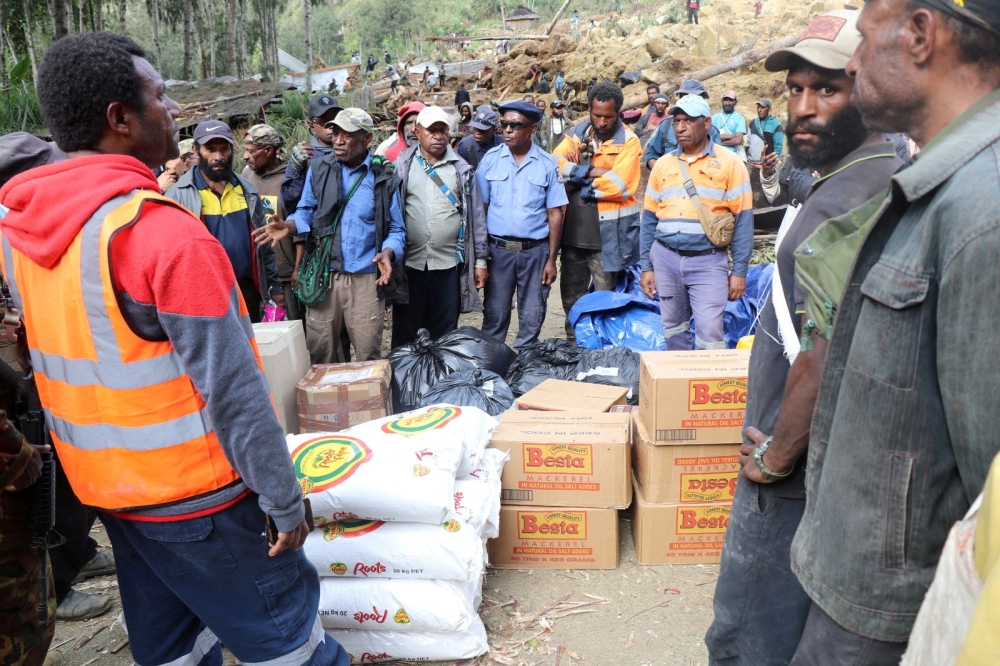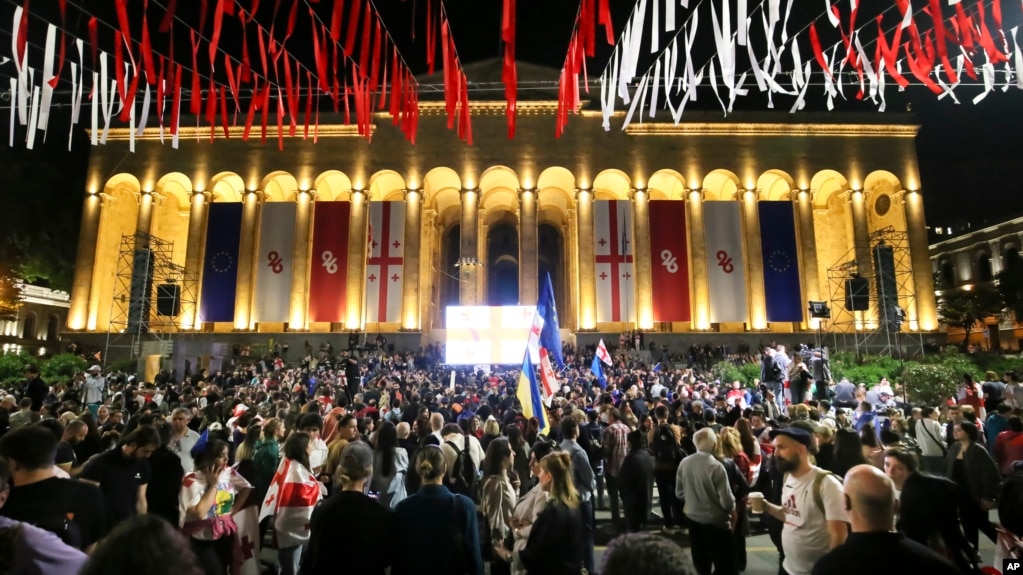By foreign affairs reporter Stephen Dziedzic and Hilda Wayne
In short: The death toll from a catastrophic landslide in PNG's Enga province remains uncertain, with one local official estimating 162 people have died.
Aid is slowly arriving in the disaster zone, including supplies delivered by the Australian Defence Force.
What's next: PNG's defence force is still working on clearing the main road to the devastated settlements.
Vast uncertainty surrounds the final death toll from last week's catastrophic landslide in Papua New Guinea's Enga Province with a local official saying he believes 162 people have been killed in the natural disaster — far fewer than estimated by the United Nations or the country's government.
PNG's Prime Minister James Marape has also spoken publicly about the landslide for the first time since it struck on Friday, saying "nature threw a disastrous landslip", submerging people while they slept.
The growing confusion over the number of casualties from the catastrophe comes as aid begins to flow slowly into the Highlands villages hit by the landslide.
On Sunday evening the United Nations gave a preliminary estimate of 670 people missing presumed dead in the landslide.

Papua New Guinea's government issued a much higher figure on Monday, saying more than 2,000 people had been "buried" in the catastrophe.
But neither the UN nor PNG's government has issued an updated estimated death toll since then, and contradictory information about the number of missing people has been swirling for days.
Local councillor and the chairman of Mulitaka Disaster Committee Jaman Yandam told the ABC that after conducting another head count of those missing, village leaders now believed the death toll was actually over 160.
Villagers are trying to recover people buried in the massive landslide that struck Yambali village on Friday.(AFP / UN Development Programme)
He said many of those killed were from nearby settlements who had gathered with locals to drink and relax when the building they were in was buried by vast amounts of debris.
Both the UN and PNG's government relied on local officials when issuing their initial estimated death toll — but Mr Yandam suggested that there might have been confusion in communications.
"Two thousand is an estimate of people who had various injuries from the landslide," he said.
"The confusion is where it hit, because it's a pub area with lots of people from other villages including illegal miners.
"But the total confirmed dead from my local level government is 162. Since the landslide, seven bodies were retrieved … 155 are still buried underground."
Grief has descended on Yambali village after the landslide.(Juho Valta/UNDP Papua New Guinea via AP)
PNG's Defence Minister Billy Joseph said according to local government rolls, 3,000 people live in the disaster-affected area, and that visitors from other parts of the country would've been present during the landslide.
Authorities are working to confirm the estimated number of people buried, he said.
One source involved with the international response to the crisis said they did not believe that two or three thousand people could have been killed in the landslide — while stressing that the shifting figures did not detract from the horror of what occurred, nor from the personal tragedy endured by those who lost loved ones.
"Whatever the final figure, it's clear there has been very substantial loss of life and this is a terrible tragedy for Papua New Guinea," they said.
"The international community has a responsibility to respond and help."
Mr Marape told PNG's parliament today: "Our people in that village went to sleep for the last time, not knowing they would breathe their last breath as they were sleeping peacefully.
"Nature threw a disastrous landslip, submerged or covered the village."
He said natural disasters have cost the country more than 500 million kina ($196 million) this year, before the landslide at Enga.
"This year, we had extraordinary rainfall that has caused flooding in river areas, sea level rise in coastal areas and landslips in a few areas," he said.
MPs held a minute's silence for the victims.
On Tuesday evening the UN in Papua New Guinea said that 150 structures had been buried in the landslides and that six bodies had been pulled from the rubble so far, although it said that figure would increase "as retrieval efforts continue amidst challenges due to unstable landslide conditions."
Australian teams head to disaster zone
Australia has sent 750 family sized shelters to the affected area, as well as a 16-strong team of disaster relief specialists to help with the recovery effort.
The Pacific Minister Pat Conroy told the ABC's 7.30 that the team would provide "technical assistance around geohazards" — with some local officials fearing that fresh landslides could soon be triggered in the area.
"They'll also be equipped with drones to map the site and identify, quite frankly, at this stage, more likely to be bodies rather than people living," he said.
Villagers continue to search through the debris at Yambali village.(Juho Valta/UNDP Papua New Guinea via AP)
"But those drones will be very valuable in obviously mapping the site. And we stand ready to move and build on the $2.5 million of assistance we've provided."
Australia's High Commissioner to Papua New Guinea John Feakes this morning said the first Australian Defence Force flight to the disaster zone would carry relief supplies, including tarpaulins, household kits, water purification tablets, kitchen utensils and hygiene kits.
"Expect over the new few days to see a very comprehensive response by Australia and our partners in support of Papua New Guinea's efforts to respond to this crisis," he said.
Authorities fear a second landslide and a disease outbreak are looming at Yambali village.(Juho Valta/UNDP Papua New Guinea via AP)
The UN says that the affected population is almost 8,000 people.
Many of those are in other villages that may need to be evacuated or relocated because of the threat of further landslidesPNG's Defence Force is still working on clearing the main road to the devastated settlements, with the UN warning on Tuesday evening that a bridge had collapsed in the province, which had "complicated the situation and disrupted communication between Enga and the rest of the Highlands".
PNG's political leaders nowhere to be seen after a devastating landslide struck
As one of Papua New Guinea's remote villages grapples with one of the worst natural disasters in its history, the prime minister is busy attending to his own political crisis.
Read more





 One of the biggest names in the PC and server space, lenonvo's plans for Saudi Arabia include a major investment on a manufacturing base.Image Credit: IANS
One of the biggest names in the PC and server space, lenonvo's plans for Saudi Arabia include a major investment on a manufacturing base.Image Credit: IANS











